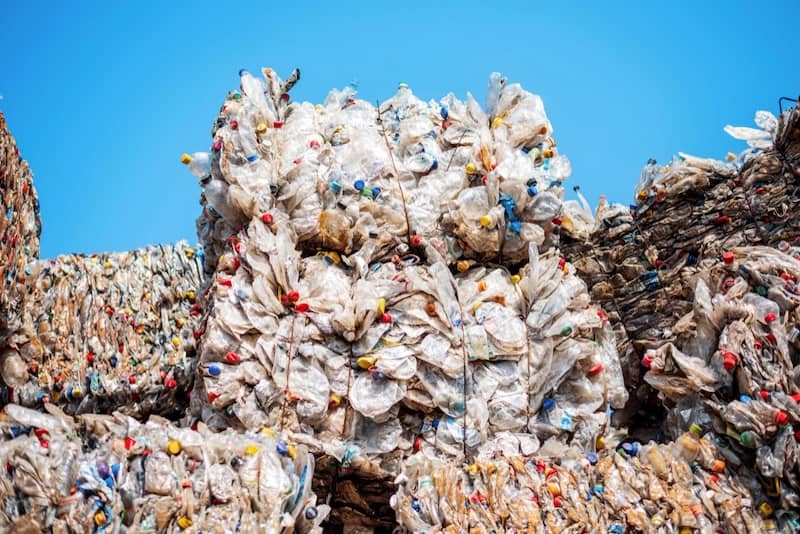Have you ever wondered what happens to your tires after you get your tires changed? You may have noticed the tire disposal charge on your bill, or you may have seen the pile of tires behind the tire shop. Do they just end up in a landfill? Where do they go?
For those with concerns over what happens to tires after they are disposed of, there is some good news. Tire recycling is making a comeback. New, cost-effective, and more efficient ways to repurpose and recycle tires are being used every day. Recycling of scrap tires has grown significantly over the years. Going from less than 15 percent of old tires being reused and recycled in the early 90s to almost 90 percent being used productively this decade, the demand is obvious.
The changes in technology have opened up the possibilities for recycling. The uses for scrap tires are vast, including tire-derived fuel (or TDF), rubberized asphalt, and more.
Tire Fuel
Tire-derived fuel has increased in demand over the years. Used as fuel in power plants or paper mills, this fuel is made from shredded tires and mixed with other fuels (such as wood or coal), providing a more cost-effective way to run large production facilities.
Rubber-modified Asphalt
Rubber-modified asphalt is poised to become a strong player in modified asphalt. Rubber-modified asphalt is a product made from scrap tires. Not only is it cheaper than any other modified asphalt, but it is being used more and more. On roads, it provides a safer surface, is quieter, costs less and improves overall performance than the other types of asphalt. With technology improving every day, rubber-modified asphalt will make the materials more desirable than ever.
Better Recycling Options
In 2014, these uses and more have grown in demand. Scrap tire recycling dropped in years past, mainly due to the exporting of the scrap tires. Much of the scrap tire supply in the US was being exported to Asia. But with the ban on it last year, the tire recycling market in the US has been able to begin to move forward again, giving back to our own economy.
Tire recycling isn’t limited to roads and power plants. It is seen more and more in everyday items, such as play mats, mulch, sidewalks, shingles, and more.
The world of recycling scrap tires is leaving a strong impression on a variety of industries nationwide. The use of the rubber from the tires is cost-effective, eco friendly, and creates products of the highest quality. And with the unending improvement of technology, the demand for scrap tires will only grow more. The time and money spent in understanding both the known and unknown potential of scrap tires is well worth the effort.




